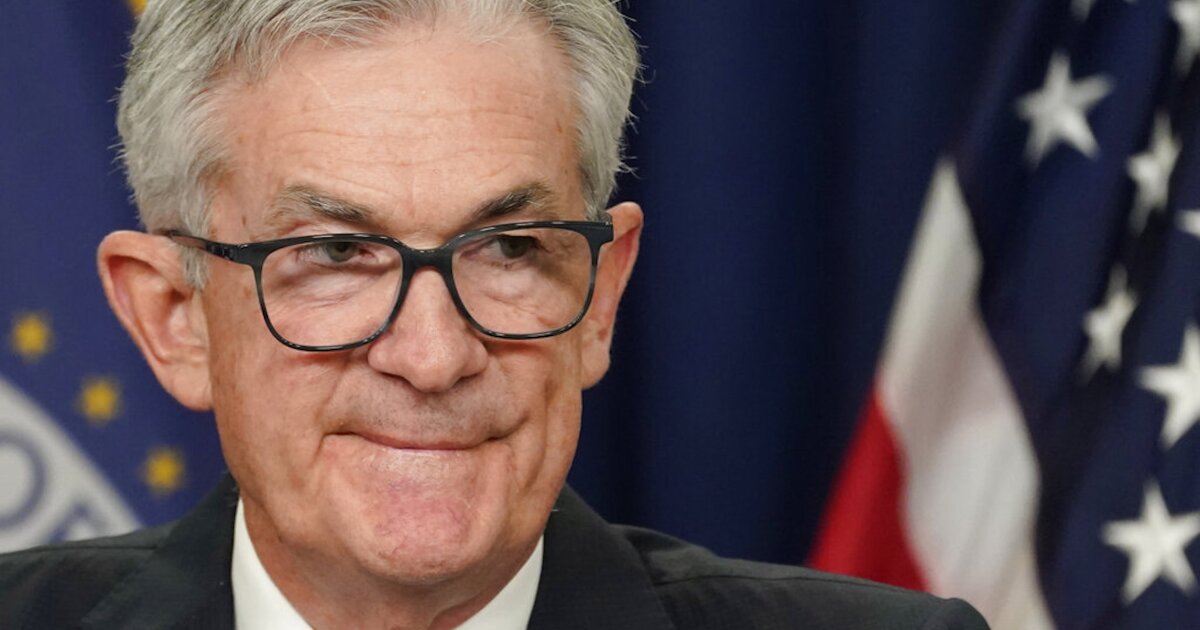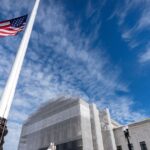

Staff at the Federal Reserve no longer think that the central bank will be able to tame the country’s rip-roaring inflation without causing a recession
.
Staff predicted a mild recession in a presentation to central bank officials at the Federal Open Market Committee’s March meeting
, minutes from the meeting released Wednesday reveal. The meeting, where the Fed controversially voted to hike interest rates once again, came just after the banking system was thrown into chaos with the collapse of Silicon Valley Bank.
WHY THE DROP IN MARCH INFLATION ISN’T QUITE THE ‘PROGRESS’ TOUTED BY BIDEN
“Given their assessment of the potential economic effects of the recent banking-sector developments, the staff’s projection at the time of the March meeting included a mild recession starting later this year, with a recovery over the subsequent two years,” the Fed said in a readout of the meeting.
The news is significant as it marked the first time staff at the Fed publicly acknowledged that a recession is likely and that the central bank will likely be unable to pull off a “soft landing,” which is when inflation is driven down while the economy and labor market remains above water.
The FOMC releases economic projections every other meeting, and at its March meeting, the updated projections showed a worsening outlook for near-term unemployment and gross domestic product growth. Taken together, though, the two didn’t necessarily show a recession — which is why the Fed staff’s expectation of a mild recession is particularly interesting.
Fed officials projected that the unemployment rate will tick up to 4.5% by the end of this year versus 3.6% today, an acknowledgment of the effects its tightening will have on the economy. The committee members additionally revised down their GDP predictions for this year from 0.5% to 0.4% growth, indicating the growing likelihood that a recession will hit the economy in 2023.
It is worth noting that two quarters of negative GDP growth are typically used as a rule of thumb to indicate a recession. While the first and second quarters of last year were negative, a recession was not declared because the unemployment rate remained ultra-low, and GDP bounded back in the third and fourth quarters.
The next Fed meeting is scheduled for early May. It is unclear whether the central bank will decide to pause its rate hiking at that meeting, although there have been some signs of inflation slowing and the labor market softening.
Inflation fell nearly a percentage point to 5% in the year ending in March, the Bureau of Labor Statistics reported Wednesday in an update to the consumer price index, the lowest such rate since May of 2021. Still, some details showed the underlying strength of the inflationary pressures plaguing the economy.
CLICK HERE TO READ MORE FROM RESTORING AMERICA
The latest employment report is a mixed bag for the Fed because while it did show job gains slowing, it also was a fairly strong report. In March, 236,000 jobs were added, the Bureau of Labor Statistics reported, lower than the average of 334,000 over the last six months.
As of Wednesday afternoon, investors now assign a 70% chance that the Fed will raise rates one more time, according to CME Group’s FedWatch tool, which calculates the probability using futures contract prices for rates in the short-term market targeted by the Fed.






